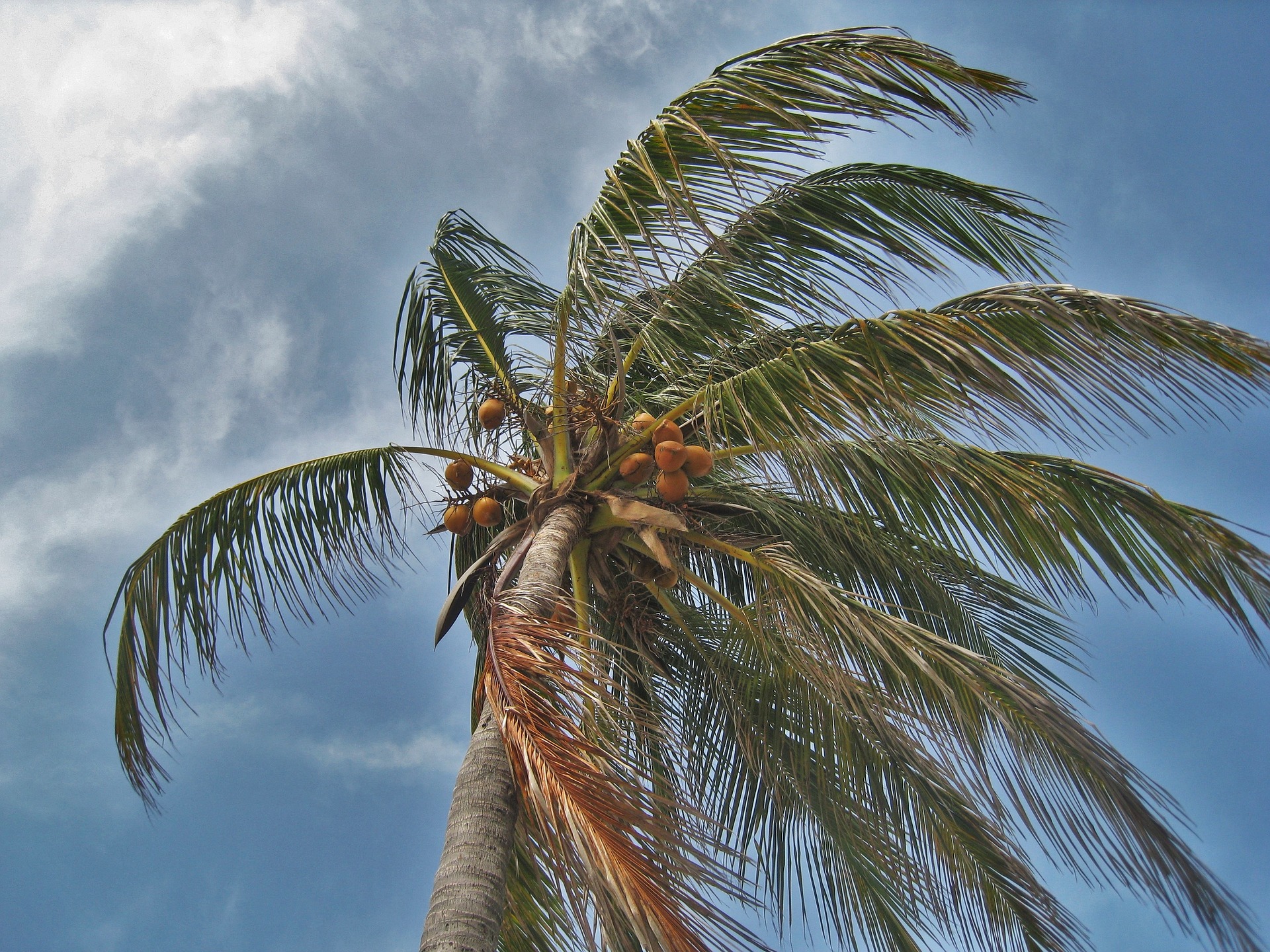How Strong Is the Wind?
PHYSICAL SCIENCES
Get curious
5 min
Video/ Slide show (5 min)
You will see 2 films showing the enormous power of the wind.
Talk: What can wind do? What damage can it cause? Do you think it is possible to use wind power? How? How can we tell how fast the wind is blowing? How can we measure this power?
Get going
7 min
Constructing (7 min)
Students make paper windmills - one of the simplest devices for measuring the strength of the wind.
3 min
Presenting results (3 min)
The students test their windmills out to see how they work.
They can either place the windmills outside a window, provided there is a sufficiently strong wind, or they can use a hairdryer to make them turn. In order to measure wind strength you should – by observing the bright dot drawn on the rotor – count how many times the rotor turns in, for example, 10 seconds. The greater the number of rotations, the stronger the wind.
15 min
Constructing (15 min)
Make a cup and plate anemometer in order to learn what more complicated devices for measuring wind strength look like and how they work.
Get practicing
Analyzing
Students measure the strength of the wind over the course of a week.
Using one of the wind meters they have constructed, the students measure the strength of the wind over the course of several selected days. They compare the results obtained on different days in order to see how the strength of the wind changes.
You will download zip file now.
Make sure that you have an application that opens zip files.
If not, download single materials directly from the lesson plan.
Download zip files
Download single materials

